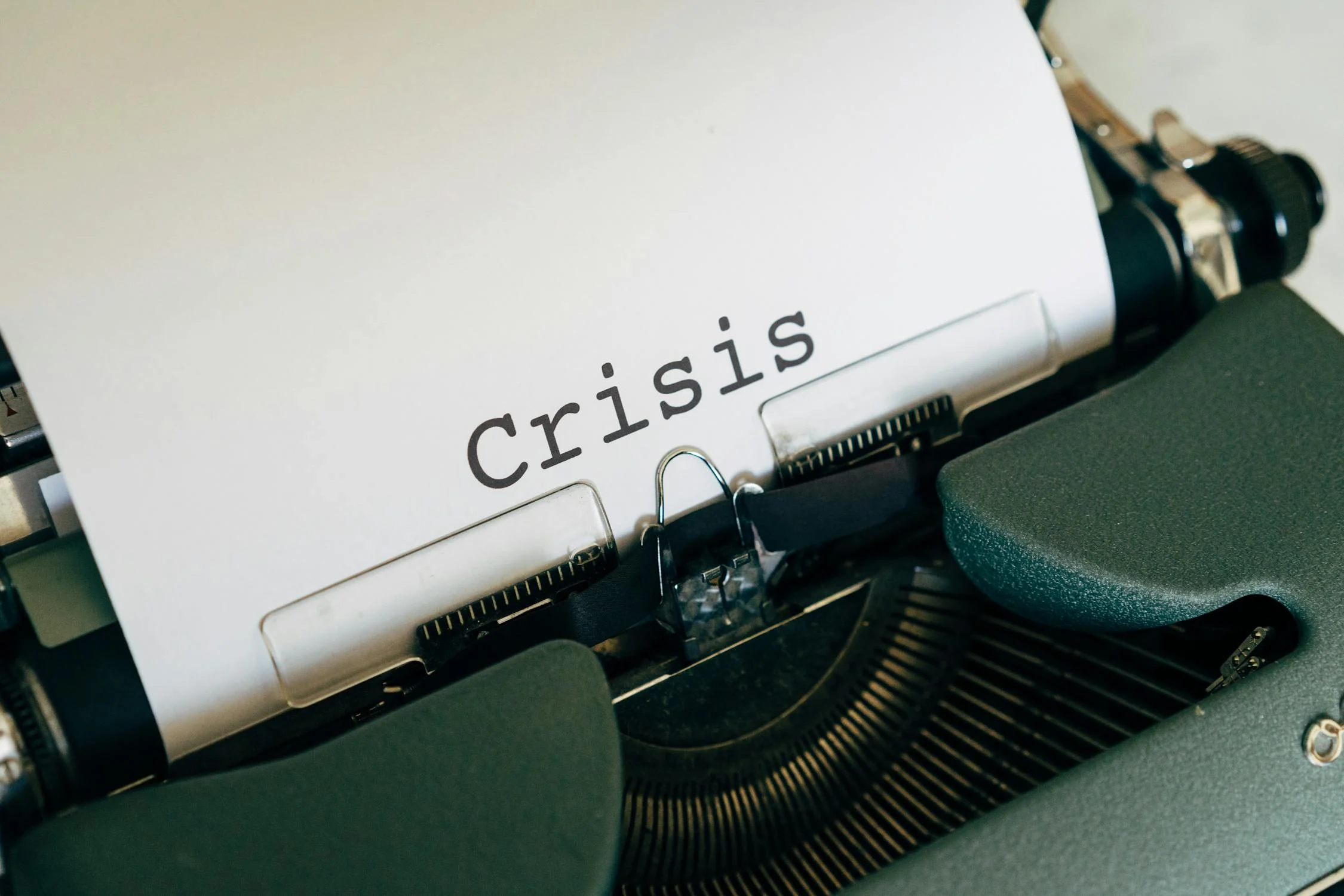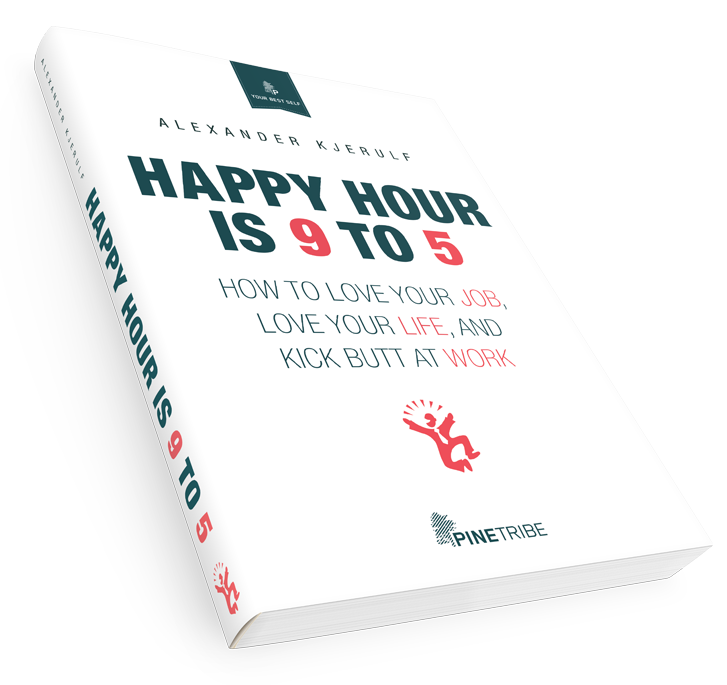
Are you the kind of person who always takes charge?
Whether it’s the next crucial corporate project or just the sunday family barbeque, are you always in the thick of it, organizing, planning and making decisions?
That makes you a natural leader, but how are you as a follower?
Leaders can’t always lead. Once in a while we all need to take the backseat and let someone else drive. Their way.
And here’s the thing: Good leaders can be true pests as followers. If they aren’t careful, they end up taking over. Of course, the real fun comes when there are two or more compulsive leader in a project, fighting each other to take over and do things their way.
Apart from good leadership, leaders must display good followership when this is called for, which is difficult because it goes against their nature.
Leaders who also know how to follow can use these situations to inspire followership in others by being good followers themselves, but it means that they must take extraordinary care to stay in the backseat and not inadvertantly take over. Here’s how to do it.
Let them do it their way
It may not be your way, but that doesn’t mean it can’t work. Hey, it may work even better than what you have in mind.
Let them fail or succeed
Remember that even when you’re 100% positively sure they’ll fail – they might still make it work.
Accept their truth
You may see the task differently, but you may be wrong. Wait and see who turns out to be right.
Volunteer for the crappy tasks
Andy Reid of What If Innovation, the highly successful London-based innovation agency, told me that their executives are not above doing menial office tasks like cleaning the toilets. This sends a powerful message, and raises everyones motivation to just get the boring stuff done – as opposed to having interminable office feuds over who should do it.
Simply put, leaders should be even better than regular followers and take even more care not to lead too much.
When leaders practice followership they also teach the people around them leadership (remember this simple formula), by giving them a real, un-interrupted chance to lead and learn.
Great leadership requires great followership. And for most leaders, good followership takes practice.













 One of my current pet projects is a fundamental rethinking of the way democracy is practiced. A shift from the current top-down political process to one that directly involves large numbers of people bottom-up.
One of my current pet projects is a fundamental rethinking of the way democracy is practiced. A shift from the current top-down political process to one that directly involves large numbers of people bottom-up.  Allrighty then, I’m outta here.
Allrighty then, I’m outta here. That’s right, the one and only
That’s right, the one and only  It pays to be happy. Studies show that businesses with happy employees consistently outperform their less happy competitors in the marketplace and in the stock market.
It pays to be happy. Studies show that businesses with happy employees consistently outperform their less happy competitors in the marketplace and in the stock market.

